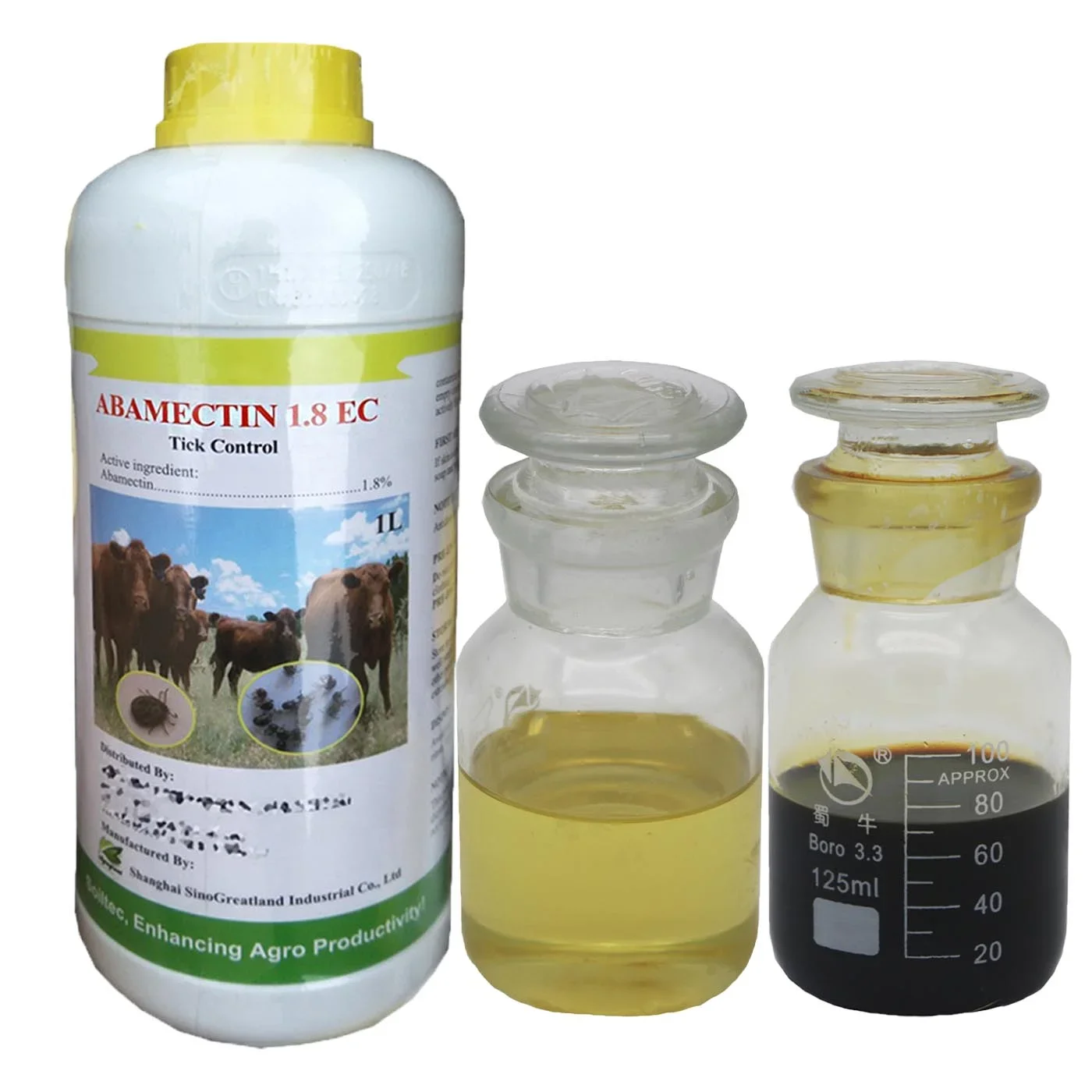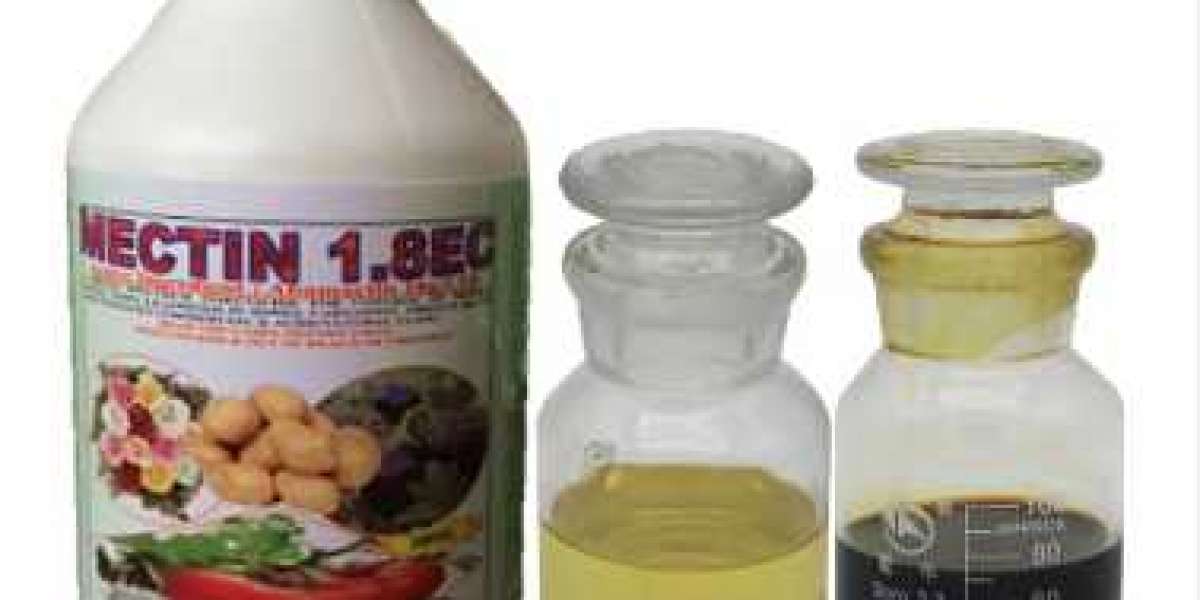Introduction to Abamectin
Welcome to our blog post on the essential topic of safety protocols for handling and storing abamectin. Whether you're a seasoned professional or just starting out in the world of agricultural or pest control practices, it's crucial to understand how to handle this powerful pesticide with care.
Abamectin is widely used for its effectiveness in controlling pests and diseases in various crops, but it can pose potential dangers if not handled properly. In this article, we will delve into the importance of following safety precautions when working with abamectin and provide valuable insights on proper storage techniques to ensure maximum efficacy and minimal risk.
So buckle up and get ready as we embark on an informative journey that will equip you with the knowledge needed to safely handle and store abamectin!
Potential Dangers of Improper Handling and Storage
When it comes to working with pesticides like Abamectin, proper handling and storage are absolutely crucial. Failing to follow the necessary safety protocols can result in serious dangers for both humans and the environment.
One of the main risks associated with improper handling is accidental exposure. Abamectin is a highly toxic substance that can be harmful if it comes into contact with the skin, eyes, or if it's inhaled. This highlights how important it is to always wear appropriate protective gear such as gloves, goggles, and respirators when working with this chemical.
In addition to personal harm, improper storage of Abamectin can lead to a range of environmental hazards. If not stored correctly in sealed containers away from moisture and extreme temperatures, there is a high risk of leakage or spillage which could contaminate soil or water sources nearby.
Furthermore, inadequate labeling or incorrect separation from other chemicals during storage may result in cross-contamination or unintentional mixing. This poses significant risks as different substances may react chemically when combined, leading to potentially dangerous reactions.
To ensure utmost safety when dealing with Abamectin, it's essential to strictly follow all recommended guidelines provided by manufacturers and regulatory authorities. These guidelines include proper disposal methods for unused products or contaminated materials.
Remember: your health and well-being should never be compromised for convenience's sake. Always prioritize safety first!
Stay tuned for our next section where we will discuss some specific precautions that must be taken while handling this potent pesticide!
Safety Precautions for Handling Abamectin
When it comes to handling abamectin, safety should be the top priority. This powerful pesticide is effective in controlling pests and parasites, but improper handling can pose serious risks to human health and the environment.
First and foremost, always wear appropriate personal protective equipment (PPE) when working with abamectin. This includes gloves, goggles or a face shield, long-sleeved clothing, and closed-toe shoes. PPE acts as a barrier between your skin or eyes and the chemical, reducing the risk of exposure.
Additionally, ensure that you work in a well-ventilated area or wear respiratory protection if necessary. Abamectin can release harmful fumes or vapors during application, so it's crucial to minimize inhalation.
When diluting or mixing abamectin with water or other substances, follow the manufacturer's instructions precisely. Use clean measuring tools to avoid cross-contamination of different chemicals.
Never eat, drink or smoke while handling abamectin as ingestion can lead to poisoning. Wash your hands thoroughly after working with this pesticide to remove any residues from your skin.
Store abamectin in its original container away from direct sunlight and extreme temperatures. Keep it out of reach of children and pets by storing it in a locked cabinet or shed.
By following these safety precautions diligently, you can minimize the risks associated with handling abamectin and ensure both your safety and that of others around you. Stay safe!
Proper Storage Techniques for Abamectin
When it comes to handling and storing abamectin, following the correct protocols is essential to ensure the safety of both humans and the environment. Proper storage techniques can help prevent accidents, spills, and contamination.
It is crucial to store abamectin in a secure location away from children, pets, and unauthorized personnel. Keep it in a locked cabinet or storage area that is well-ventilated and not exposed to extreme temperatures or direct sunlight.
Additionally, always store abamectin separately from food items or other chemicals to avoid cross-contamination. Labeling the containers clearly with the name of the chemical, its concentration level, and any precautionary information will further minimize risks.
Furthermore, maintaining proper inventory control is vital. Regularly check for leaks or damaged containers that could lead to spills or exposure. If you notice any issues with packaging integrity or signs of deterioration on labels, take immediate action by transferring the product into a new container.
Disposing of expired or unused abamectin properly is equally important as proper storage. Contact your local waste management facility for guidance on how to safely dispose of this pesticide according to local regulations.
By adhering to these simple yet crucial storage techniques for abamectin pesticides ensures that they remain securely contained until their intended use while minimizing potential risks associated with mishandling or accidental exposure
Common Mistakes to Avoid
When it comes to handling and storing abamectin, there are several common mistakes that should be avoided. By being aware of these pitfalls, you can ensure the safety of yourself and those around you.
One common mistake is failing to wear proper protective gear while handling abamectin. It is crucial to always wear gloves, goggles, and a face mask when working with this chemical. This will protect your skin, eyes, and respiratory system from potential harm.
Another mistake is not properly labeling containers that hold abamectin. It's important to clearly mark all containers with the name of the chemical and its concentration. This will help prevent any confusion or accidental misuse in the future.
Improper storage is another frequent error made by many individuals. Abamectin should be stored in a cool, dry place away from direct sunlight or heat sources. Additionally, it should be kept out of reach of children and pets to avoid any accidental ingestion.
Neglecting regular maintenance and inspections can lead to dangerous situations. Containers holding abamectin should be regularly checked for leaks or damage that could result in spills or exposure.
By avoiding these common mistakes, you can ensure safe handling and storage practices for abamectin.
Emergency Protocols in Case of Accidents
Accidents happen, and when it comes to handling hazardous substances like Abamectin, it's crucial to have emergency protocols in place. Being prepared can make all the difference in ensuring the safety and well-being of yourself and others.
The first step is to always have a fully stocked first aid kit on hand. This should include items such as gloves, eye wash solution, bandages, and a chemical spill kit. In the event of accidental exposure or ingestion of Abamectin, immediate medical attention is necessary. Contact your local poison control center or seek medical help right away.
In case of a spill or leak, it's important to contain the area immediately. Use absorbent materials such as sand or vermiculite to soak up any liquid spills. Avoid flushing them down drains or sewers as this can lead to environmental contamination.
Proper ventilation is key when dealing with potentially harmful chemicals like Abamectin. If there is a release of vapors or fumes, ensure that there is adequate fresh air flow by opening windows and doors if possible.
It's crucial not to attempt cleanup without proper personal protective equipment (PPE). Wear gloves, goggles, and a lab coat while handling any spilled material. Avoid direct skin contact with Abamectin at all costs.
Be sure to report any accidents or incidents involving Abamectin immediately according to company protocols. Documenting these incidents helps identify potential risks in order to prevent future occurrences.
Remember, safety should always be your top priority when working with hazardous substances like Abamectin. Taking precautionary measures and knowing how to handle emergencies will help protect yourself and those around you from harm.
Conclusion
It is crucial to prioritize safety when handling and storing abamectin. This powerful pesticide can be highly effective in controlling pests and improving crop yield, but if not handled properly, it can pose serious risks to human health and the environment.
By following the safety precautions outlined in this article, such as wearing appropriate protective gear, using proper storage techniques, and avoiding common mistakes, you can minimize the chances of accidents or exposure to abamectin.
Remember that emergencies can happen even with utmost care. It is important to have emergency protocols in place and know how to respond quickly in case of accidental spills or exposure. Immediate actions like rinsing affected areas with water or seeking medical attention will help mitigate any potential harm.
Keep in mind that while abamectin offers many benefits for agricultural purposes, it must be used responsibly. Always read and follow the manufacturer's instructions on product labels, consult experts if needed, and stay updated on any new guidelines or regulations regarding its use.
A safe working environment not only protects yourself but also those around you – your colleagues, family members, and community. By practicing proper handling and storage protocols for abamectin today, we contribute towards a healthier tomorrow for everyone involved in agriculture.
To ensure safety remains paramount throughout the entire process of using abamectin - from purchase to application - ongoing education about best practices is essential. Stay informed about new research findings or recommendations from trusted sources so that you are always equipped with the latest knowledge on safe handling procedures.








